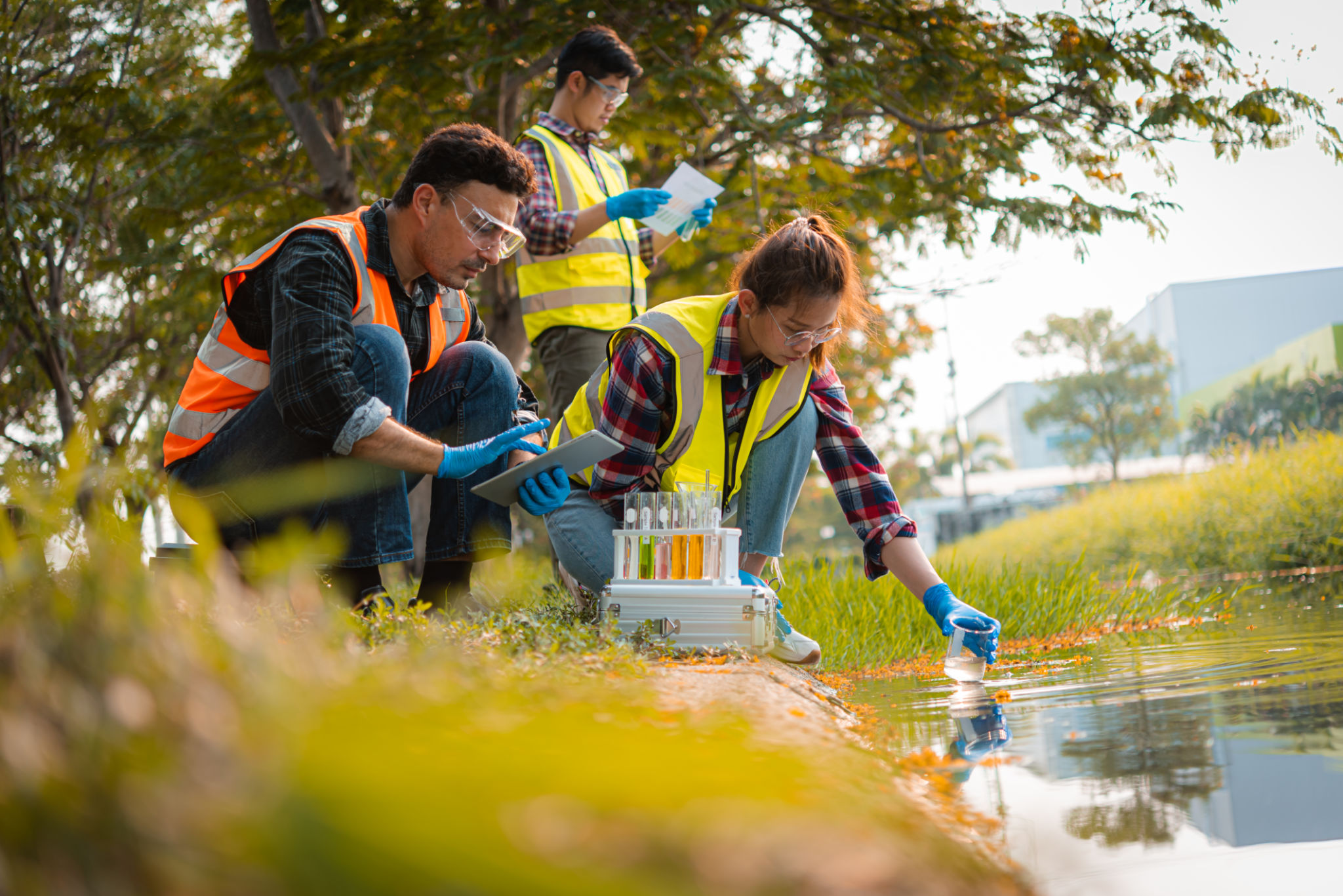Environmental Impact Assessments: Key Considerations for Florida Businesses
Understanding Environmental Impact Assessments
For businesses in Florida, understanding and conducting Environmental Impact Assessments (EIAs) is crucial. These assessments help determine the potential environmental effects of a proposed project, ensuring that businesses comply with environmental regulations and minimize their ecological footprint. With Florida's diverse ecosystems, including wetlands, coastal areas, and wildlife habitats, conducting an EIA is not just a regulatory requirement but also a responsibility towards preserving the state's natural beauty.

Key Components of an EIA
An effective EIA involves several key components. Firstly, a baseline study is conducted to assess the current state of the environment in the area where the business intends to operate. This includes gathering data about local flora and fauna, water and air quality, and existing land use. Following this, potential environmental impacts are identified and evaluated.
The next step involves proposing mitigation measures to minimize adverse effects. These can range from altering project designs to implementing conservation strategies. Finally, an EIA report is prepared and submitted to relevant authorities for approval, ensuring that all regulatory standards are met.

Regulatory Framework in Florida
Florida's regulatory framework for EIAs is governed by both state and federal laws. The Florida Department of Environmental Protection (DEP) plays a significant role in overseeing these assessments. Businesses must adhere to regulations such as the National Environmental Policy Act (NEPA) and the Endangered Species Act, which aim to protect critical habitats and endangered species.
The permitting process can be complex, requiring businesses to work closely with environmental consultants and legal experts. It's important for businesses to stay updated on any changes in legislation that might affect their projects. Early engagement with regulatory bodies can help streamline the approval process and avoid potential delays.
Benefits of Conducting an EIA
Conducting an EIA offers several benefits for Florida businesses. Beyond compliance, it helps in identifying opportunities for sustainable development. By understanding environmental impacts early in the planning stage, businesses can design projects that are not only environmentally friendly but also cost-effective in the long run.

Moreover, EIAs can enhance a company's reputation by demonstrating a commitment to environmental stewardship. This can lead to improved relationships with local communities and stakeholders, fostering goodwill and potentially opening up new business opportunities.
Challenges and Considerations
Despite its benefits, conducting an EIA can present challenges. These include the time and resources required for thorough assessments and potential conflicts with stakeholders who may have differing priorities. Balancing economic development with environmental preservation requires careful planning and negotiation.
Businesses should also consider climate change impacts when conducting EIAs. Rising sea levels and increased storm activity in Florida mean that projects must be resilient to future environmental changes. This adds another layer of complexity to the assessment process but is essential for long-term sustainability.
Conclusion
Environmental Impact Assessments are a critical tool for Florida businesses aiming to operate responsibly within the state's unique ecosystems. By understanding the key components, regulatory framework, and benefits of EIAs, businesses can not only comply with legal requirements but also contribute positively to environmental conservation efforts. As Florida continues to grow, prioritizing sustainable practices will be vital in protecting its natural resources for future generations.